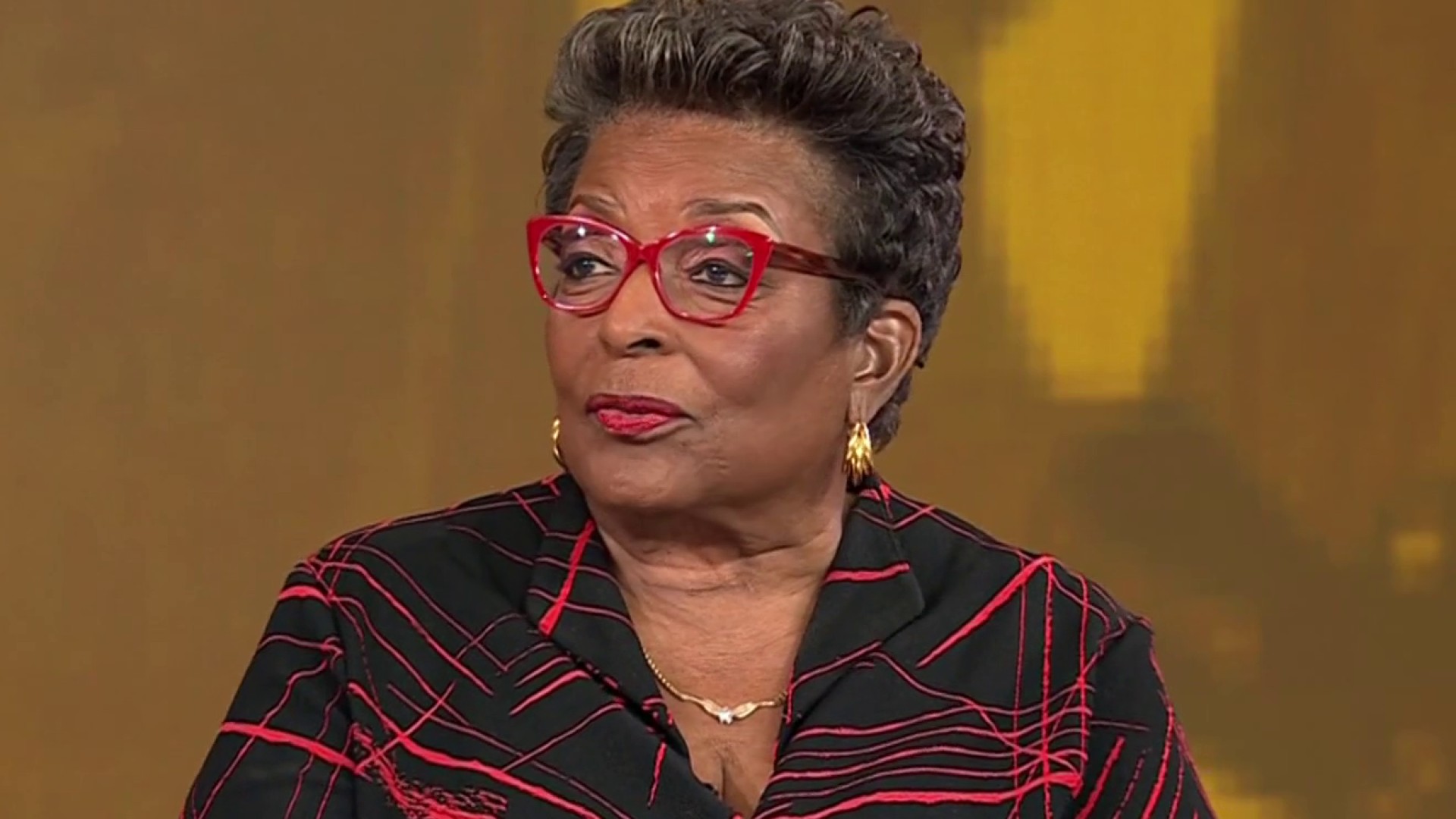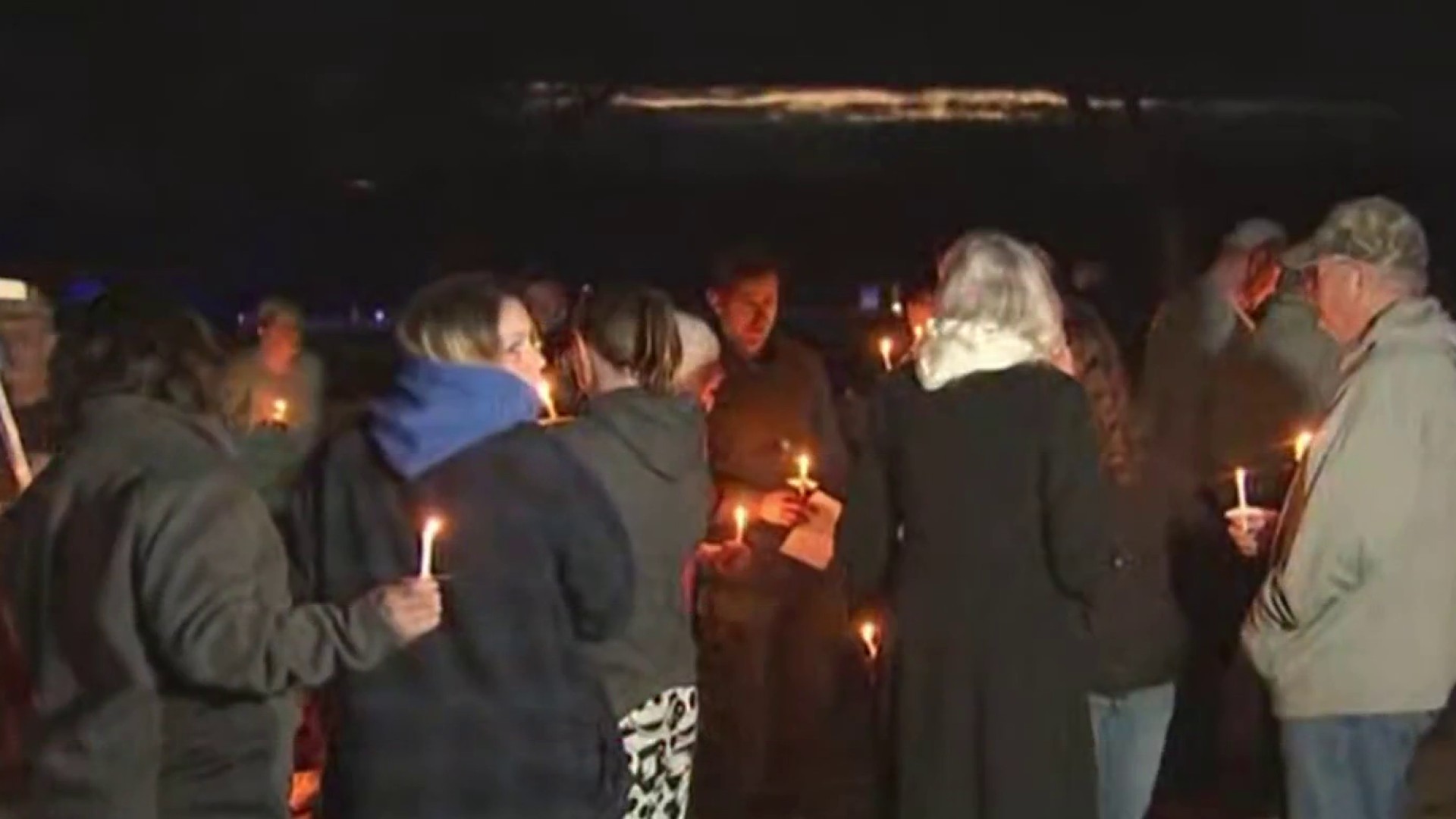Kevon McNeal was dressed and ready to head out the door at 6:30 a.m. on a cold Monday. On a typical school day, the 13-year-old would be headed to Kramer Middle School in Southeast D.C., but on this day, Kevon, his mother and a group of students were headed to the ski slopes as a reward for good grades and perfect attendance.
It was a trip Kevon could hardly have imagined just a few years ago, when the honor roll student struggled to make it to class after witnessing the death of his brother. On July 4, 2020, 11-year-old Davon McNeal was killed by a stray bullet in D.C. – a tragedy that sent the family spiraling in grief. In the months that followed, even more family members died, and school became an afterthought.
“When I was in sixth grade, I didn't come to school a lot because I had a lot going on at home,” Kevon told the News4 I-Team.
Stories like Kevon’s are behind the numbers released last November showing the District of Columbia has some of the highest absenteeism rates in the nation. According to a November report from the Office of the State Superintendent of Education, 43% of D.C. students were chronically absent the last school year, meaning they missed school at least 10% of the time.
We've got the news you need to know to start your day. Sign up for the First & 4Most morning newsletter — delivered to your inbox daily. Sign up here.
During the pandemic, schools across the country saw record levels of absenteeism. Some, like the District, are still struggling to rebound. Prince George's County Public Schools reports 32% of its students were chronically absent last school year. In Montgomery County, the figure is 27%, and in Fairfax County schools, the percentage is 17%.
“Most folks think that either mom is negligent and just not taking her kid to school or the kid is somewhere cutting. It is such a deeper issue,” said Kichelle Coleman, a social worker and head of Boys Town Washington DC. Her organization helps schools and families with high truancy rates.
In her work to prevent families from being pulled into the child welfare system for educational neglect, she said she’s encountered a variety of reasons a family may struggle to get their kids to school – from unstable housing to transportation problems and lack of childcare.
Local
Washington, D.C., Maryland and Virginia local news, events and information
“Or let one child be sick, let mom be sick, and then they just can't get them to school,” she said.
Experts say people with means can more easily manage these problems than low income families and that the problems can be especially felt in some communities of color. D.C.'s report found Black students were nearly 10 times as likely to be chronically truant as their white peers.
“Think about it through this middle-class lens,” said Howard University School of Education Professor Ivory Toldson. “Of course, the parent is going to drop you off. We don't think about parents that don't have cars. [Or] of course the parent is going to wake you up in the morning. Well, think about the parents that have to get to work by 4 a.m.”
Toldson, the author of “No BS (Bad Stats),” says much of the truancy issue experienced across the country is deeply rooted in inequality, from the missing pages of Black history in some schools to policies that put more emphasis on standardized tests than student needs.
He said there have been generational disconnects from American education in the Black community, and while overall historic graduation rates are improving, the reasons that some Black families, particularly males, give up on education, remain.
“The schools that have a lot of Black students -- there's this constant cloud over it,” Toldson said. “You’re at risk just because you're at the school … your stats across every indicator is worse at this school than anywhere else.”
Liz Cohen, policy director of a think tank called FutureEd, said data bear out that disconnect. She pointed to a DCPS survey that assesses, in part, how connected kids feel to their schools.
“Every year, about 50% of kids in grades six through 12 will say that they feel a sense of belonging and 50% don't,” she said.
Noting D.C.’s absenteeism report came out several months after the 2022-2023 school year ended, Cohen called for local districts to create a public dashboard showing up-to-date attendance rates so that policy makers and school leaders can respond more quickly to the data.
She also said D.C. and urban school districts across the country must do a better job of assessing why some children are disengaged, but cautioned against turning to consequences.
“Instead of thinking about who do we blame and who do we punish, I would like to see the city think about what do we need to know and whom do we need to talk to understand,” she said.
Kramer Middle School Principal Katreena Shelby said that, to turn her school's attendance problem around during the pandemic, she asked those questions of her students.
“One of the things that the students said that they wanted is an opportunity to talk to an adult for 45 minutes at least every single week … a conversation about them, their needs and how they were feeling,” Shelby said.
By providing those weekly chats, additional tutoring, before and after school programing, and even coaching for parents on communicating with their kids, Shelby said her school saw its roughly 80% truancy rate drop to 20% in just three years. Her team of educators are now able to focus even more deeply on the kids still struggling to get to class.
Among the people who benefited from Kramer’s program was Kevon, whose mother is now a parent advocate on staff, helping students and parents with whatever they need. Crystal McNeal said becoming more deeply involved with the school community helped lift her out of depression following her young son’s death.
“I love it. I love being around the teachers, the staff, the students,” McNeal said. "It’s a blessing."
Kevon said he gives this advice to friends who are still struggling: “Just don't give up. Just do your best. If you can't make it -- try the next day. Just come to school."
This story was reported by Tracee Wilkins, produced by Katie Leslie, shot by Jeff Piper and Steve Jones, and edited by Jeff Piper.



